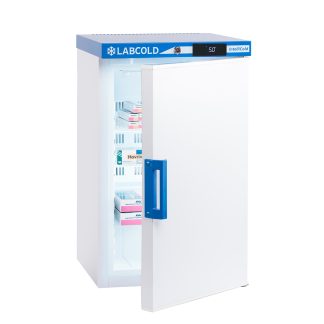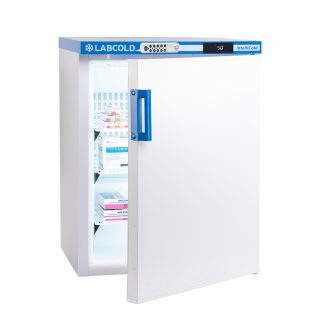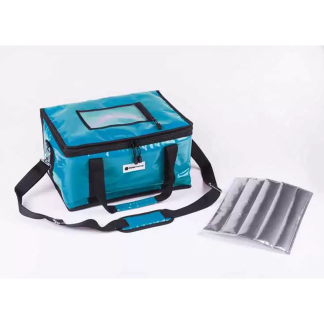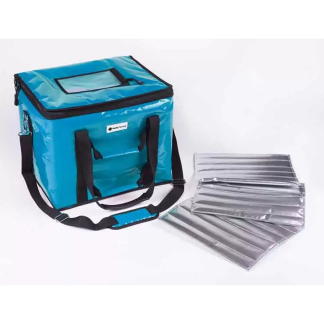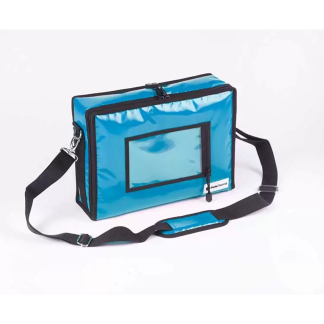A whopping 76% of this wastage could have been avoided according to UK Health Security Agency*, saving the NHS approximately £4.4 million.
It is said that the amount of vaccine wastage reported is likely to be under-reported and the true financial cost is even greater.
We have written this vaccine fridge guide to help busy healthcare professionals who have a responsibility to minimise financial risk and to help sustain supplies, reducing vaccine waste whilst still ensuring the safety of their patients.
*Republished Version July 2022
If you’re looking for products, please view our Vaccine Essentials range


